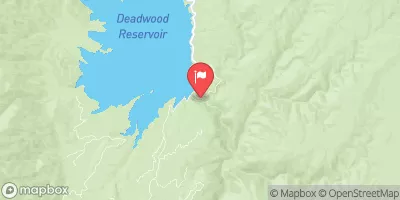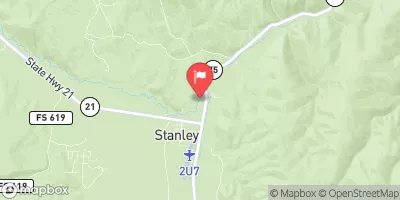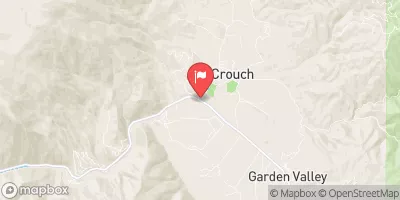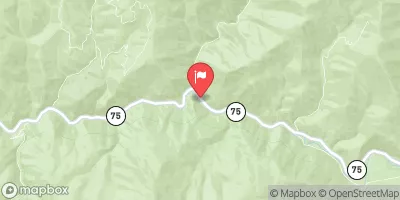Summary
The area is known for its beautiful scenery and diverse fish population. Anglers can expect to catch species such as rainbow trout, cutthroat trout, and brook trout. The ponds are stocked regularly, so there is always plenty of fish to catch.
In addition to fishing, visitors can enjoy a variety of nearby activities, including hiking, camping, and picnicking. The area is also home to a variety of wildlife, so visitors should keep an eye out for deer, elk, and other animals.
When it comes to fishing at Lowman Nature Ponds, there are a few tips to keep in mind. Anglers should bring a variety of lures and bait, as different species may prefer different types of food. Fly fishing is also a popular method of fishing in the area.
The best time of year to visit Lowman Nature Ponds is during the summer months, when the weather is warm and the water is clear. The average temperature during this time is around 80 degrees Fahrenheit. However, anglers should be prepared for cooler temperatures in the evenings.
Overall, Lowman Nature Ponds is a fantastic fishing area that offers plenty of opportunities for anglers of all skill levels. With its beautiful scenery, diverse fish population, and nearby activities, it is the perfect destination for those looking to spend a day or weekend outdoors.
Weather Forecast
Nearby Streamflow Levels
Angling Safety Guidelines
Check local fishing rules, seasons, size limits, and license requirements to ensure legal and sustainable angling.
Handle Fish Responsibly
Use wet hands, minimize air exposure, and release fish gently to improve survival rates when practicing catch-and-release.
Choose the Right Gear
Match your rod, line, and tackle to the species and conditions to increase success and reduce unnecessary harm to fish.
Respect the Waterway
Avoid disturbing habitat, prevent bank erosion, and keep a safe distance from spawning areas to protect ecosystems.
Keep It Clean
Pack out all line, hooks, bait containers, and trash—discarded gear can injure wildlife and degrade waterways.
Related Links
Area Campgrounds
| Location | Reservations | Toilets |
|---|---|---|
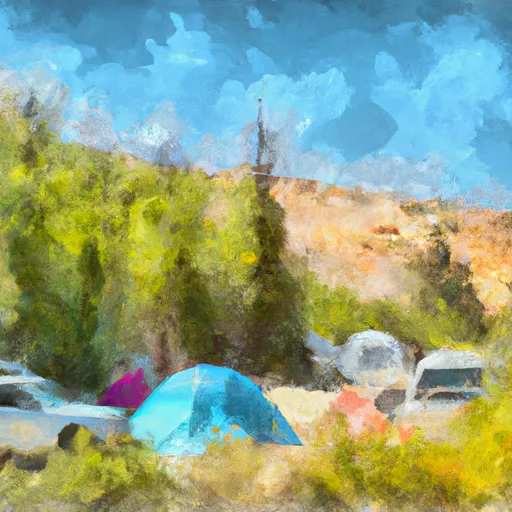 Helende
Helende
|
||
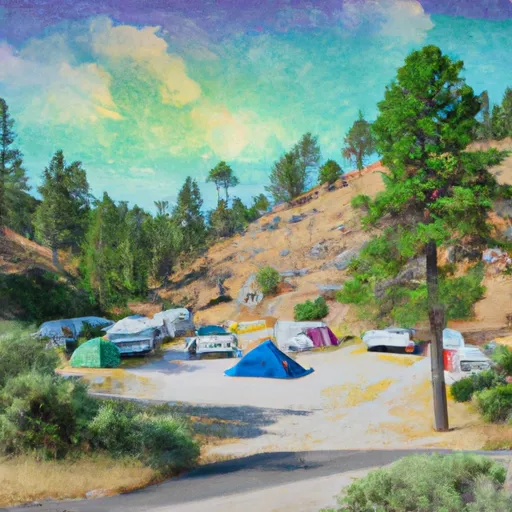 Helende Campground - reserve
Helende Campground - reserve
|
||
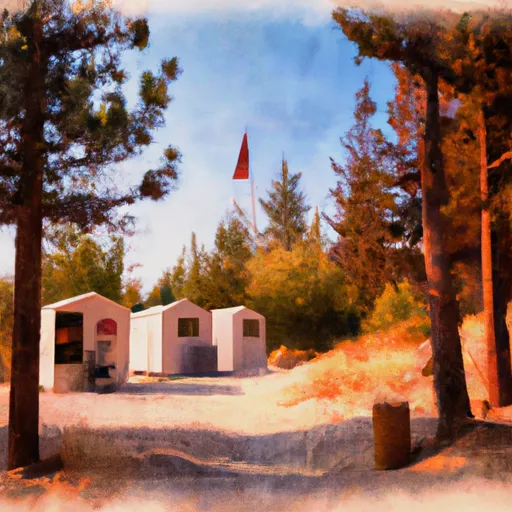 Warm Springs Guard Station - Rental Cabin
Warm Springs Guard Station - Rental Cabin
|
||
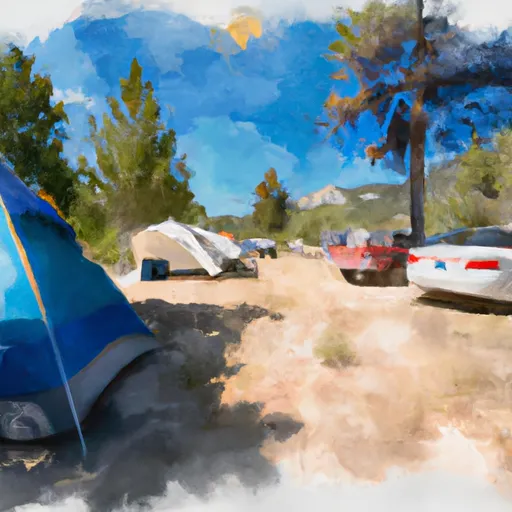 Bonneville Campground
Bonneville Campground
|
||
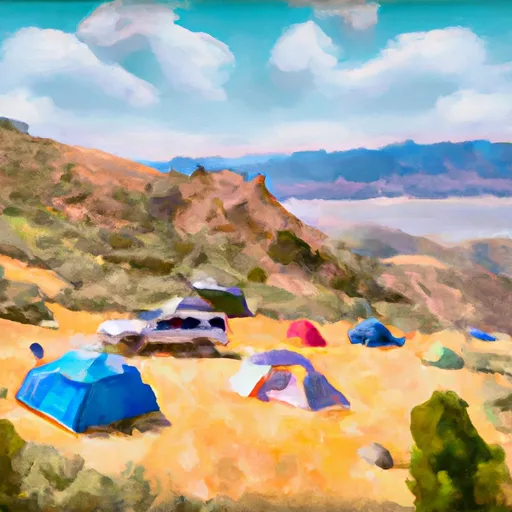 Bonneville
Bonneville
|
||
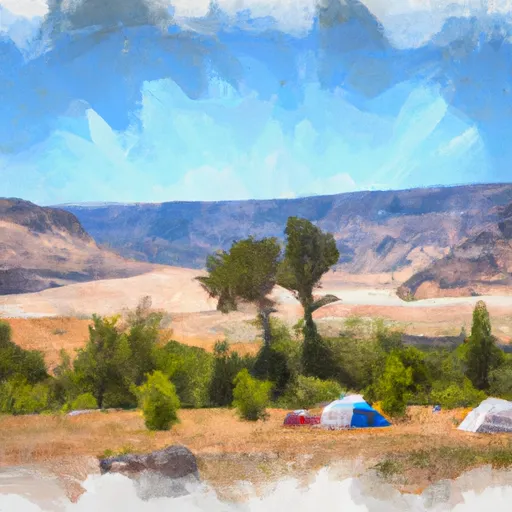 Bonneville Campground - reserve
Bonneville Campground - reserve
|


